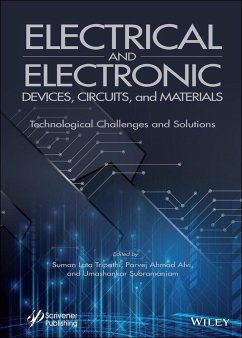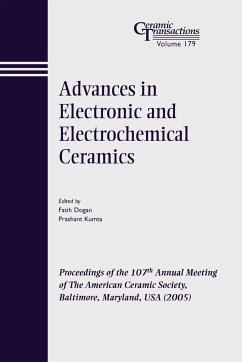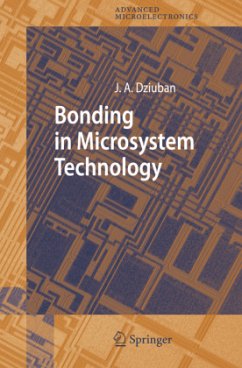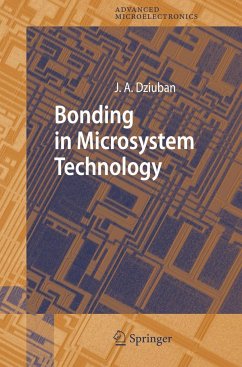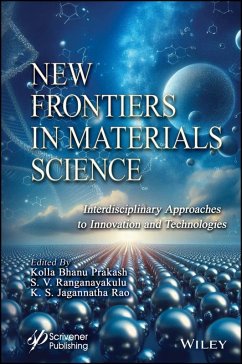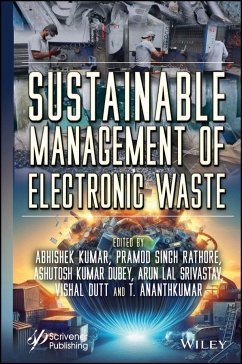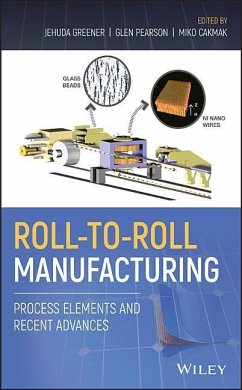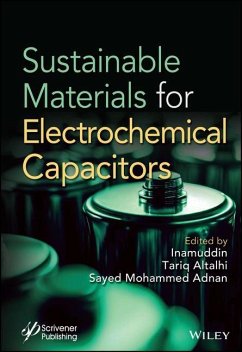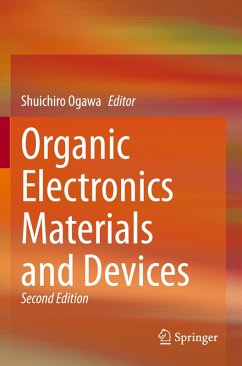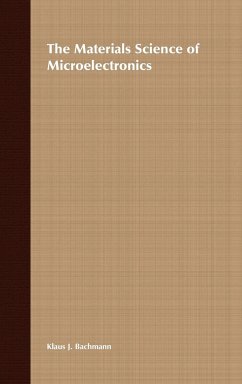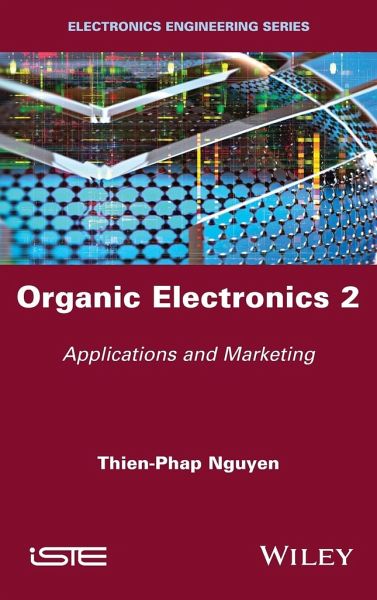
Organic Electronics 2
Applications and Marketing
Versandkostenfrei!
Versandfertig in über 4 Wochen
159,99 €
inkl. MwSt.
Weitere Ausgaben:

PAYBACK Punkte
80 °P sammeln!
Due to their special properties, organic semiconductors enable the development of large-area, low-cost devices, paving the way for flexible and nomadic applications that advantageously replace those made with traditional semiconductors. In this second volume, we study the main applications of organic semiconductors, such as organic light-emitting diodes (OLEDs), solar cells (OPVs) and organic field-effect transistors (OFETs). The commercialization of these new devices is then discussed within the Brabec triangle framework, in which yield, stability and production costs are the key factors. We ...
Due to their special properties, organic semiconductors enable the development of large-area, low-cost devices, paving the way for flexible and nomadic applications that advantageously replace those made with traditional semiconductors. In this second volume, we study the main applications of organic semiconductors, such as organic light-emitting diodes (OLEDs), solar cells (OPVs) and organic field-effect transistors (OFETs). The commercialization of these new devices is then discussed within the Brabec triangle framework, in which yield, stability and production costs are the key factors. We also address the environmental impact of organic devices for their future development. This book presents the application side of organic electronics from a technological, economic and environmental perspective. It is intended for researchers and students in university programs or engineering schools specializing in electronics, energy and materials.




